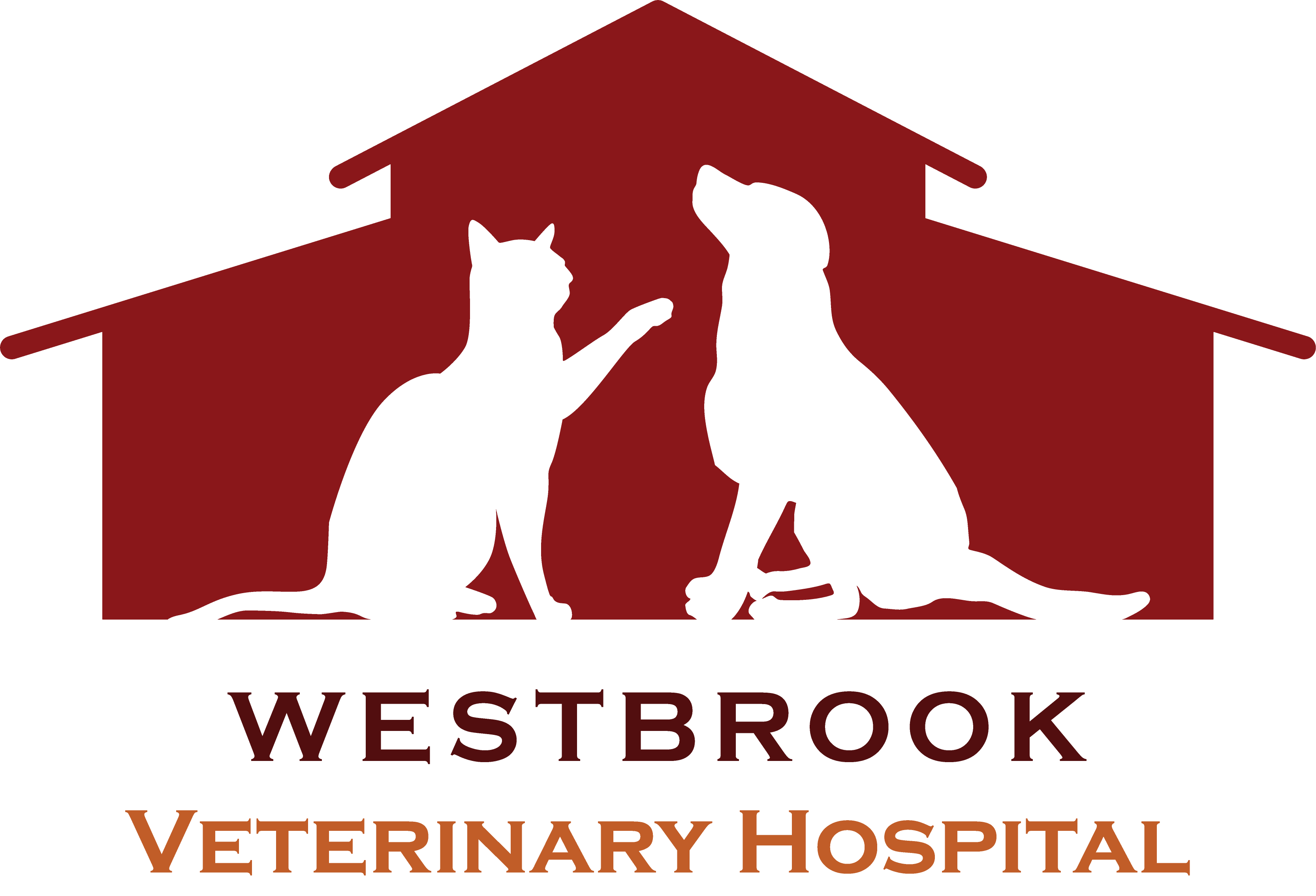Pet Health Library
-
Diabetes Mellitus in Cats: Overview
La diabetes mellitus es una enfermedad del páncreas. El páncreas es un pequeño órgano localizado cerca del estómago que tiene dos tipos diferentes de poblaciones de células. Uno de los grupos de células produce los enzimas necesarios para la digestión. El otro grupo de células, las células beta, producen la hormona insulina. La insulina regula los niveles de glucosa en la sangre y controla la liberación de glucosa a los tejidos del organismo. Los signos clínicos vistos en la diabetes mellitus están relacionados con las elevadas concentraciones de azúcar en la sangre y la incapacidad del cuerpo de usar esta glucosa como fuente de energía.
-
Diabetes mellitus results from an inadequate production of insulin from the pancreas. The primary treatment is replacement by insulin injections. The body's response to the injections needs to be regularly monitored using an at-home glucometer or continuous glucose monitoring system. Insulin must be stored and reconstituted carefully to ensure dosing is accurate. Giving subcutaneous injections of insulin can seem daunting at first, but by following the directions in this handout, it will quickly become second nature to both you and your pet.
-
Diabetic ketoacidosis is a medical emergency that occurs when there is not enough insulin, or the available insulin isn’t effective enough to control blood sugar (glucose) levels. Your veterinarian needs to perform appropriate tests to diagnose this disease, as similar signs can occur with other medical conditions. Treatment involves hospitalization with IV fluids, short-acting insulin and electrolyte replacement. The most important step in prevention is ensuring careful insulin dosing and disease monitoring.
-
Diabetic ketoacidosis is a medical emergency that occurs when there is not enough insulin in the body to control blood sugar (glucose) levels. It is important for your veterinarian to perform appropriate tests in order to diagnose this disease as similar signs can occur with other medical conditions. Treatment involves hospitalization with IV fluids, short acting insulin and electrolyte replacement. The most important step in prevention is ensuring proper insulin dosing is being administered.
-
The diaphragm is the muscular partition that separates the abdomen and the chest. Tearing or disruption of this thin muscle is called a diaphragmatic hernia or diaphragmatic rupture. The most common cause of diaphragmatic hernia is blunt force trauma.
-
The diaphragm is the muscular partition that separates the abdomen and the chest. Tearing or disruption of this thin muscle is called a diaphragmatic hernia or diaphragmatic rupture. The most common cause of diaphragmatic hernia is blunt force trauma.
-
Bloat: Gastric Dilatation and Volvulus in Dogs
Este término, mucho más descriptivo que otros utilizados en el pasado, se emplea para definir una alteración en la que el estómago del perro se distiende con gas y puede además girar (torsionarse) sobre sí mismo dejando el gas atrapado en su interior.
-
Hip Dysplasia in Dogs
La displasia de cadera es una deformidad de la cadera que aparece durante el periodo de crecimiento. La articulación de la cadera está compuesta por una estructura esférica y otra cóncava. Evidentemente, tanto la parte esférica (la cabeza del fémur) como la cóncava (el
-
E-cigarettes are battery-operated devices used to create and inhale an aerosol composed of nicotine, flavorings, and other chemicals. If a companion animal ingests an e-liquid, signs of nicotine poisoning occur rapidly. The nicotine associated with e-cigarettes, even without tobacco, poses a serious health threat to dogs and cats.
-
Eclampsia in cats is a rare emergent condition of hypocalcemia that generally occurs one to four weeks after giving birth but can occur before. Risk factors include a poor diet, abnormal parathyroid gland, and calcium supplementation during pregnancy. Signs of eclampsia start as restlessness, panting, and stiffness and can progress to disorientation, tremors, inability to walk, and convulsions. Treatment includes intravenous fluids, careful intravenous calcium supplementation, and other supportive medications followed by oral supplementation and weaning kittens as soon as possible or supplementing their diet with milk replacer.








